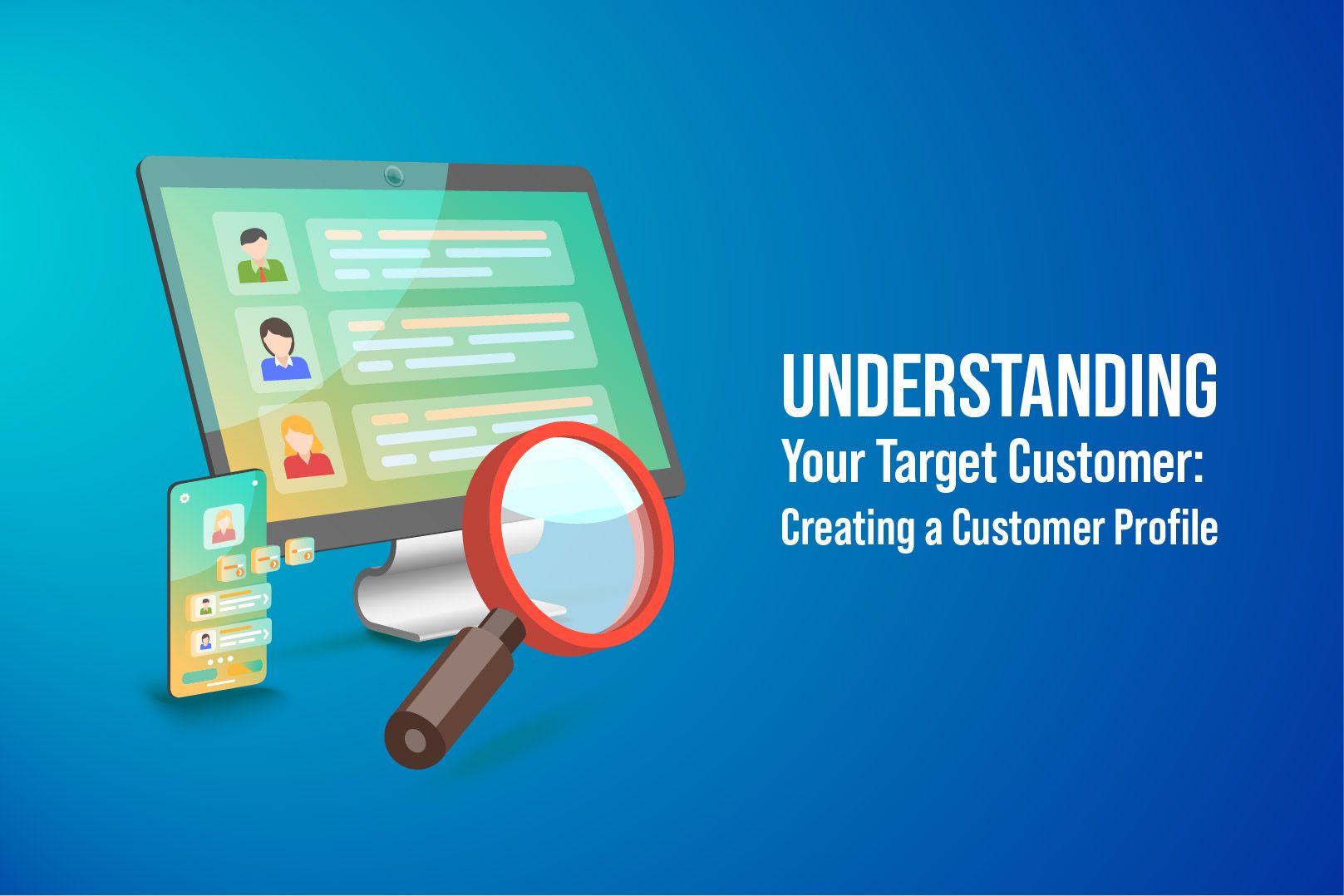Understanding Your Target Customer: Creating a Customer Profile

Whether selling through traditional avenues or eCommerce platforms, marketers must first understand which individuals are most likely to purchase their products and services. Creating an accurate customer profile of who, why, where, and how is the critical starting point for an enterprise to promote its brand.
Social media marketing, for example, offers a fabulous opportunity to develop a targeted presence economically. However, a company must understand where their most likely clients spend their time, how they communicate, their likes and dislikes, and problems they hope to solve.
What is a Customer Profile?
A customer profile describes your prospective and current customers’ buying behaviors, demographics, interests, everyday activities, and pain points that influence their purchasing decisions. By creating and adjusting their consumer profiles, marketers can adapt their strategies and campaigns to focus on similar customers.
Building from your existing data, you should begin to create a clear image of the attributes and behaviors of prospective customers that will guide your future marketing strategies.
How Does a Customer Profile Differ from a Buyer Persona?
A Buyer Persona is a generally fictionalized version of the group of buyers that you might hope to target, often developed before your products have reached the market.
On the other hand, a customer profile is a data-driven analysis of past successful conversions, identifying the common psychographic characteristics that drove their decisions to buy. These are the customer profiling characteristics that influence how and where your product advertising and brand-building should focus.
Advantages of an Effective Customer Profile
Your customer profile should be specific. Boiling down your profile to a demographic that targets billions of people leaves you with virtually no direction. More detailed criteria that focus on the primary target allows you to:
Identify prospects that are most likely to convert
Reduce marketing and acquisition costs per conversion
Focus better on individual buyers for bot sales and continuing support
Generate more fact-based rather than speculative decisions
Define eCommerce and social media strategies that take your message where your most likely customers are hanging out.
Building Your Customer Profile
Accumulating sufficient data from existing customers to fine-tune a compelling customer profile is the main challenge. Here are some steps to help create a profile that works:
Review specific details with your Sales Team to find some common characteristics they may have noted in successful sales situations. How did those customers arrive at the point of buying your products?
Survey past clients. Specify common characteristics from sales data, customer reviews, and feedback. Determine distinct age groups, gender, and means of contact. Were they buying from a desktop or mobile device, for example?
Identify which online forums are most important for your customer base.
Who are your customers’ prominent influencers?
Where was the purchase originated? Hopefully, you can identify by city, state, country, and continent to identify trends.
Investigate your industry and competitors, seeking details about the specific places and methods where their marketing efforts are concentrated.
What’s Next with Customer Data Profiling
With more resources than ever to develop a brand and create a lasting presence, effective enterprises know that customer data profiling is an essential tool for success. While businesses would simply purchase “broadside” advertising through TV, radio, newspapers, and magazines in the past, marketers today can create very specific content in online locations frequented by individuals who are most likely to purchase your products or services.
Companies that are not fully aware of the characteristics and habits of their most likely customers are destined to flounder as the competition moves ahead. Take the time to unearth the data and tools that will help to define your customers, and create your strategy to meet the demand precisely where it exists.
You might be interested in:
Most of your data will come from your business processes and software system. Modeling is used to maximize value from the data.
Read moreCascade campaigns give businesses a chance to «reach out» to all customers and save the budget.
Read moreHow to preserve your budgets and get great results from online marketing at the same time? Just follow this article to get insights.
Read more